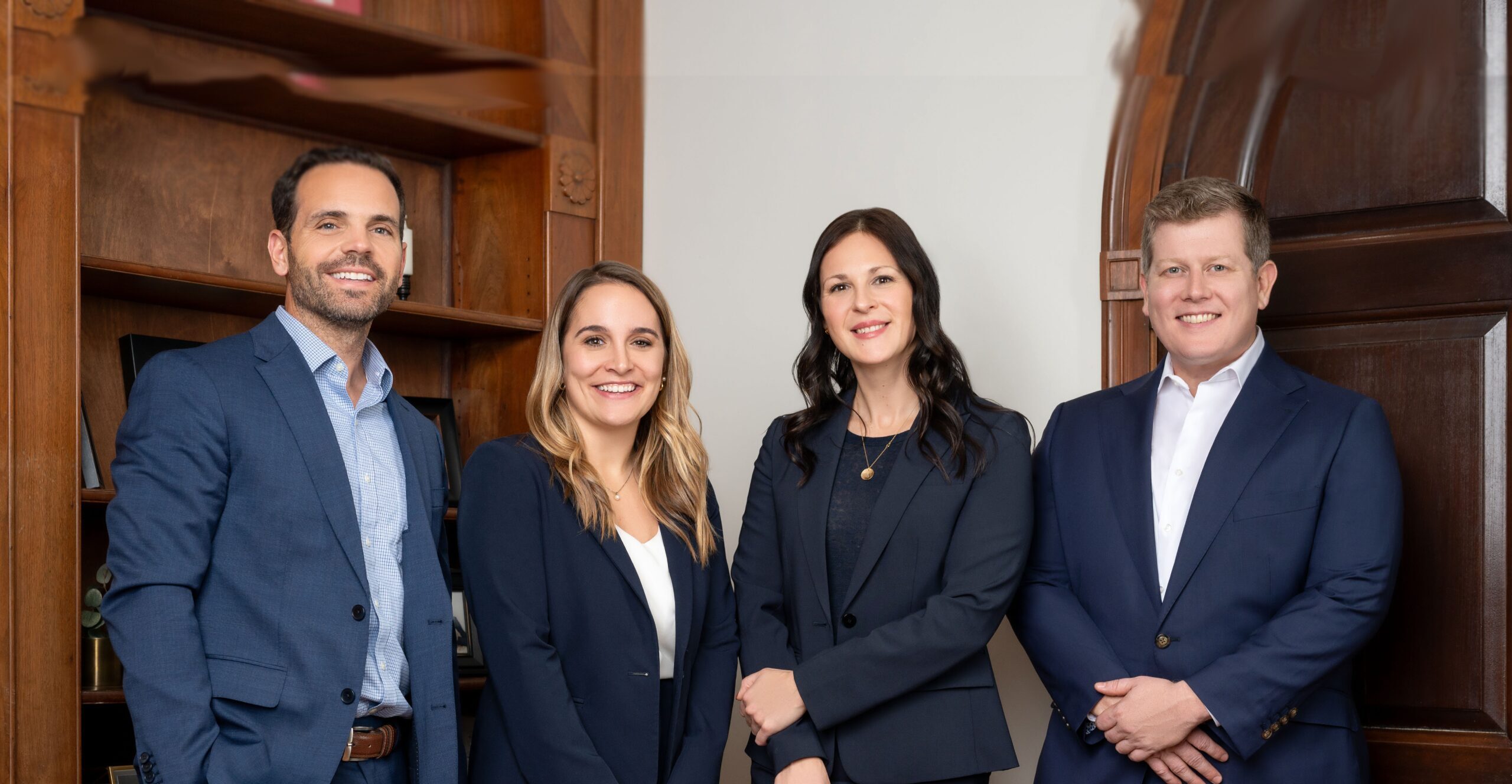Child sexual abuse is a devastating reality that affects countless lives, leaving victims with enduring trauma and challenges. One aspect of this complex issue that demands attention is the phenomenon of delayed disclosure. Delayed reporting is the norm for most child sexual abuse victims. Understanding the psychological, social, and emotional factors behind delayed disclosure is crucial for fostering empathy, providing support, and dismantling the barriers that hinder survivors from coming forward.
The Silent Struggle: Unveiling the Stigma
Child sexual abuse often leaves victims grappling with a myriad of emotions, such as shame, fear, guilt, and confusion. These overwhelming feelings create a powerful barrier to immediate disclosure. The societal stigma surrounding sexual abuse compounds these emotions, making it incredibly challenging for survivors to vocalize their experiences. It is essential to recognize that delayed disclosure is not a deviation from the norm. But rather a typical response to the psychological toll inflicted by these heinous acts.
Understanding the Psychological Impact
- Shame and Self-Blame: The internalization of shame and self-blame is a prevalent consequence of sexual abuse. Children, in particular, may feel profound guilt and responsibility. This leads them to suppress their experiences and delay disclosure.
- Fear of Retaliation: Fear of retaliation from the abuser or disbelief from others can paralyze survivors, preventing them from coming forward immediately. This fear is particularly pronounced when the perpetrator holds positions of authority or trust.
- Normalization of Abuse: In some cases, victims may normalize the abusive behavior, primarily if the abuse occurs within a familiar environment. This normalization can distort the victim’s perception of the abuse, delaying their realization that it is not acceptable.
The Social and Cultural Dynamics
- Stigma and Victim-Blaming: Societal stigmas surrounding sexual abuse contribute to victim-blaming, creating an environment where survivors are hesitant to disclose their experiences due to fear of judgment and disbelief.
- Lack of Trust in Authorities: A pervasive lack of trust in authorities, be it within family structures, institutions, or law enforcement, can impede the reporting process. Victims may fear that their voices will not be heard or that they will face further harm if they come forward.
- Cultural Taboos: Cultural norms and taboos surrounding discussions of sexual matters can exacerbate the difficulties survivors face in disclosing abuse. These norms may contribute to silence and denial, hindering the path to disclosure.
The Impact of Age and Developmental Factors
- Childhood Cognitive Development: Young victims may struggle to articulate their experiences due to limitations in cognitive development. Expressing complex emotions and traumatic events can be challenging for children, leading to delayed disclosure as they mature.
- Dependency on the Abuser: Economic or emotional dependence on the abuser can create a sense of entrapment for victims. Deterring them from disclosing the abuse out of fear of losing support or stability.
Breaking the Silence: Encouraging Disclosure
- Educational Initiatives: Implementing comprehensive educational programs that teach children about body autonomy, safe touch, and the boundaries of appropriate behavior can empower them to recognize and report abuse.
- Destigmatizing Mental Health Services: Reducing the stigma associated with seeking mental health services is crucial. Providing accessible and destigmatized avenues for support can encourage survivors to come forward when they are ready.
- Training for Professionals: Equipping professionals, including educators, healthcare providers, and law enforcement, with training on recognizing signs of abuse and creating a safe space for disclosure, is vital in fostering a supportive environment.
Breaking the Chains of Silence
Understanding that delayed disclosure is the norm for most child sexual abuse victims is a critical step toward dismantling the barriers survivors face. By acknowledging the psychological, social, and developmental factors contributing to delayed reporting, we can foster empathy and create a culture supporting survivors on their healing journey. Our collective responsibility is to break the chains of silence, provide resources and support, and empower survivors to reclaim their voices. Together, we can build a future where no child suffers in silence, and the power of disclosure catalyzes change.


 e-Mail Us Now
e-Mail Us Now
